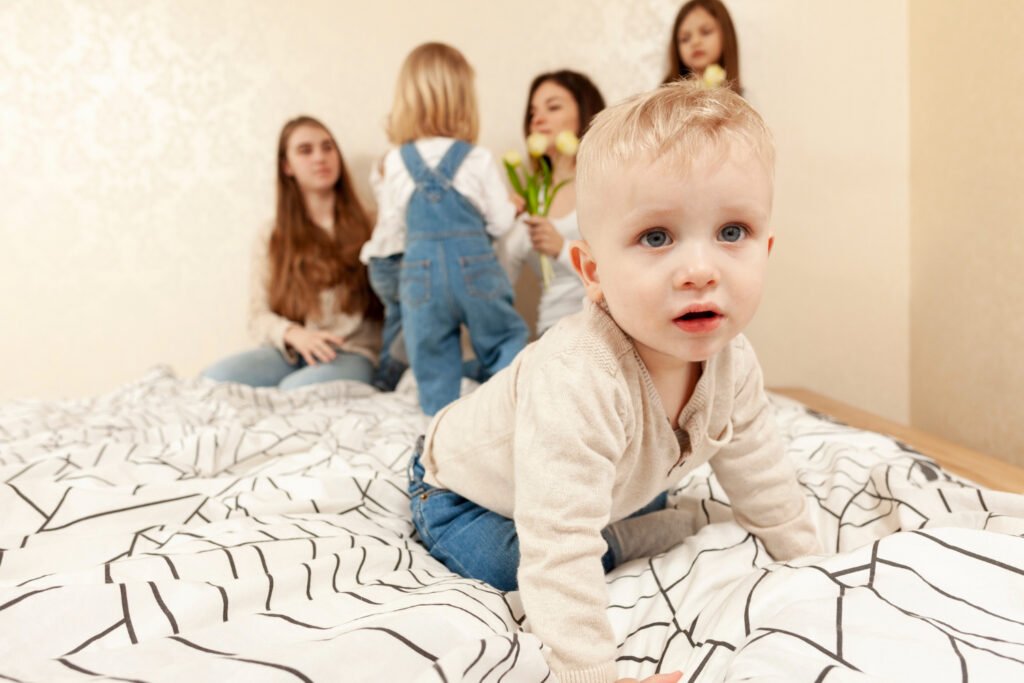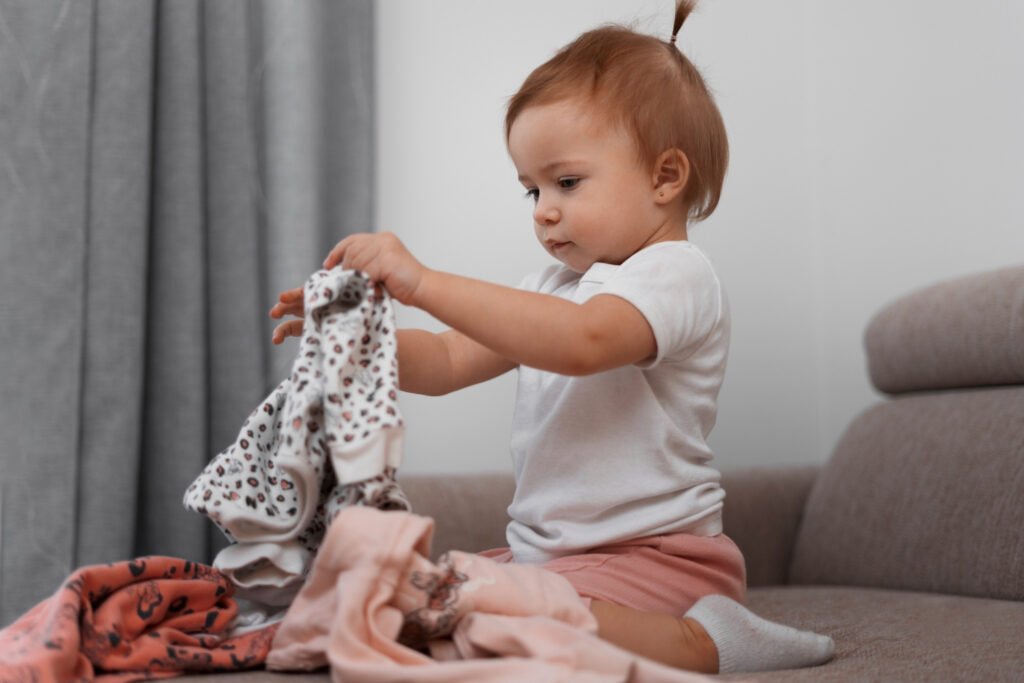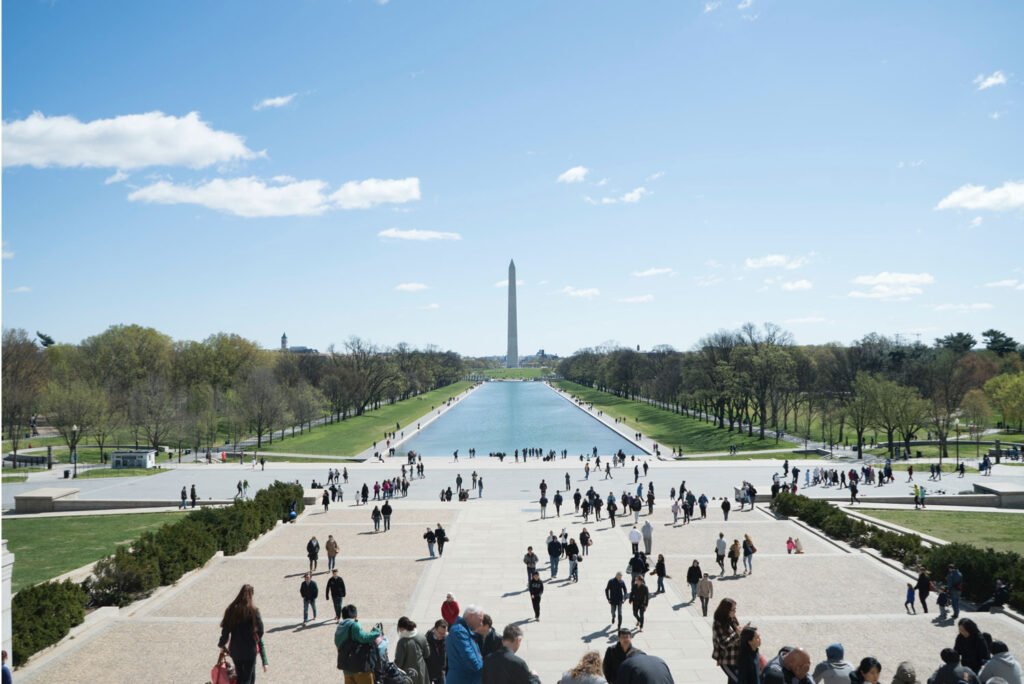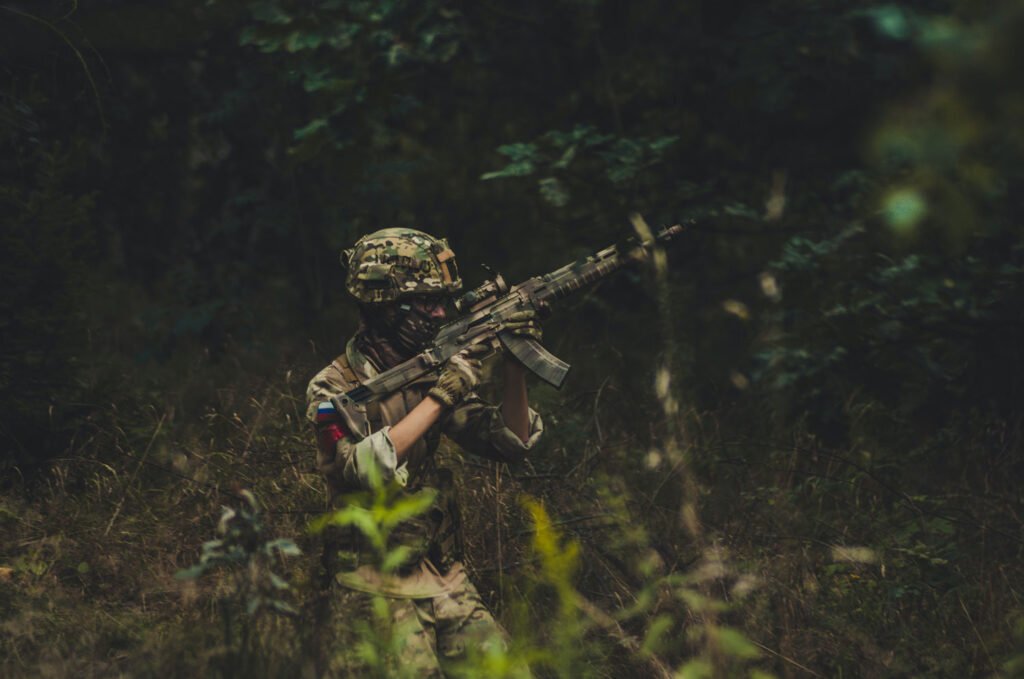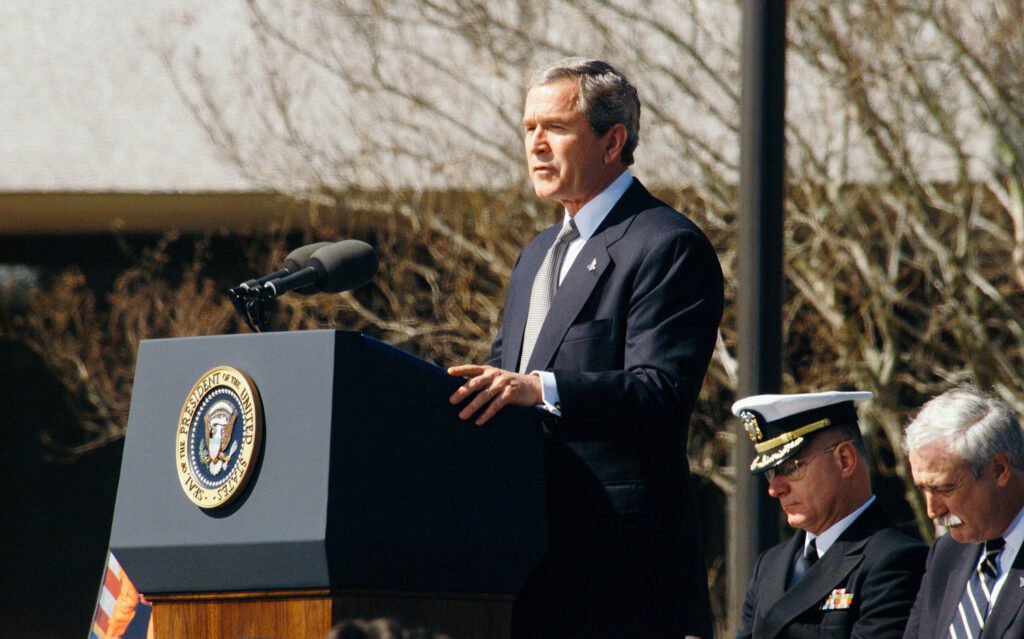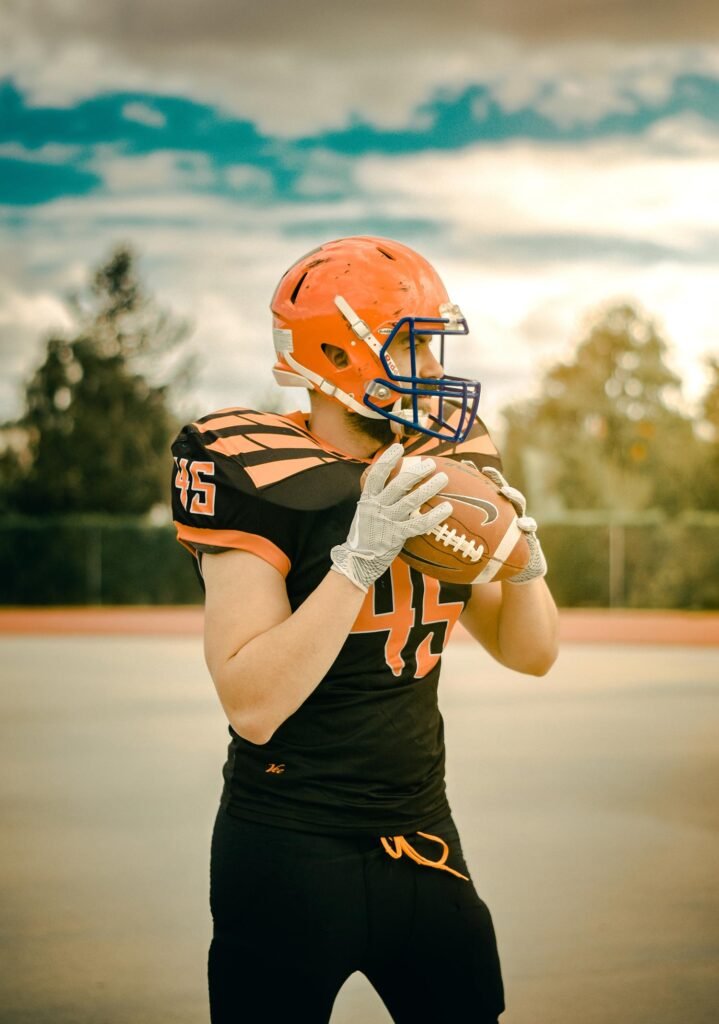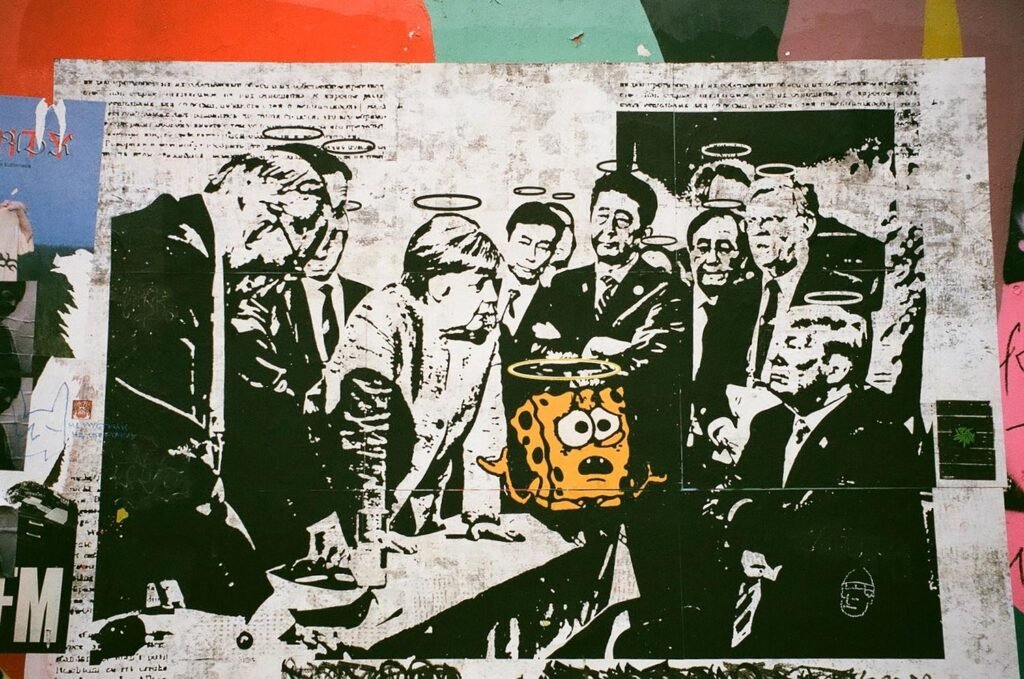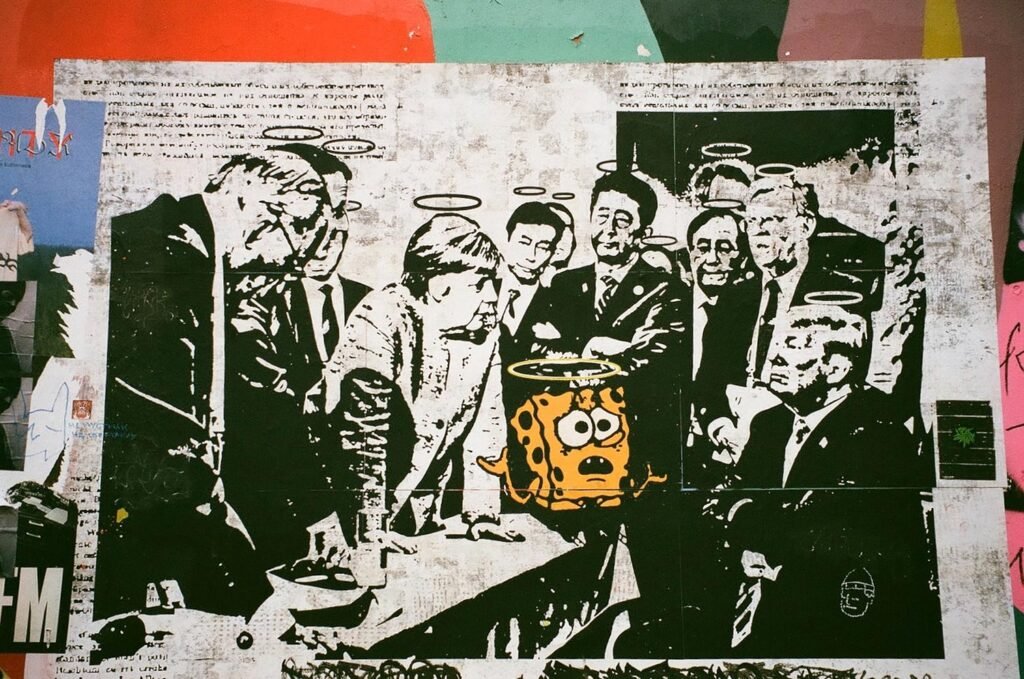What Size is 70 in Baby Clothes

Introduction
What Size is 70 in Baby Clothes: When it comes to shopping for your little one, understanding baby clothing sizes is crucial. Parents often find themselves perplexed by the various size labels, especially when they encounter numbers like “70.” In this article, we’ll delve into the mystery behind the sizing number “70” in baby clothes and provide valuable insights to help you choose the right size for your bundle of joy.
Understanding Baby Clothing Sizes
Different Sizing Systems
When it comes to baby clothing, there are various sizing systems used around the world. These systems can differ based on the country or region where the clothing is manufactured and sold. Understanding,What Size is 70 in Baby Clothes these different sizing systems is important for parents to ensure they choose the right size for their little ones.
- American Sizing System: In the United States, baby clothing sizes are typically labeled with ages in months, such as “0-3 months,” “3-6 months,” and so on. This system provides a general guideline based on the average size of babies at different stages of development.
- European Sizing System: In Europe, baby clothing sizes are often labeled using the “height in centimeters” method. For example, you might see sizes like “56 cm,” “62 cm,” “68 cm,” etc. These sizes correspond to the height of the baby in centimeters, making it easier for parents to select the right fit based on their baby’s height.
- Asian Sizing System: In many Asian countries, including Japan and South Korea, baby clothing sizes are labeled with numbers that correspond to the length of the garment in centimeters. For instance, you might see sizes like “60,” “70,” “80,” etc. These numbers indicate the length of the clothing rather than the age of the baby.
- UK Sizing System: In the United Kingdom, baby clothing sizes are typically labeled using a combination of age and height. For example, you might see sizes like “0-3 months,” “3-6 months,” “6-9 months,” etc., along with corresponding height measurements.
- International Conversion Charts: Since baby clothing is often bought and sold internationally, many manufacturers provide conversion charts to help parents navigate different sizing systems. These charts allow parents to convert sizes from one system to another, ensuring a proper fit regardless of where the clothing was produced.
Overall, while the sizing systems may vary, the key is to focus on accurate measurements of your baby’s height, weight, and age, rather than relying solely on the size label. This ensures that you select clothing that fits comfortably and allows your little one to move freely.
Importance of Accurate Sizing
Accurate sizing of What Size is 70 in Baby Clothes in baby clothing is of utmost importance for several reasons:
- Comfort: Properly sized clothing ensures that your baby is comfortable throughout the day. Clothes that are too tight can restrict movement and cause discomfort, while clothes that are too loose may bunch up and cause irritation.
- Safety: Ill-fitting clothing can pose safety hazards to babies. For example, clothes that are too loose may pose a risk of entanglement, while clothes that are too tight can restrict blood flow or cause choking hazards if small parts become detached.
- Development: Babies grow and develop rapidly, especially during the first year of life. Clothing that fits properly allows for unrestricted movement, which is crucial for motor skill development, crawling, and eventually walking.
- Temperature Regulation: Properly sized clothing helps regulate your baby’s body temperature. Clothes that are too tight can cause overheating, while clothes that are too loose may not provide enough warmth in cooler weather.
- Overall Well-being: When your baby is comfortable and safe in their clothing, it contributes to their overall well-being and happiness. Comfortable clothing allows your baby to focus on exploring and learning about the world around them without unnecessary distractions.
In summary, accurate sizing in baby clothing is essential for ensuring your baby’s comfort, safety, development, and overall well-being. Taking the time to select the right size based on your baby’s measurements will ensure that they are happy and healthy in their clothes.
What Does “70” Mean in Baby Clothes?
The number “70” typically refers to the length of the garment in centimeters. It’s a common sizing label used in many Asian countries, such as Japan and South Korea.
Deciphering the Sizing Label
When you see “70” on a baby clothing tag, it indicates that the garment is designed to fit a baby whose height is approximately 70 centimeters.
Factors Affecting Baby Clothing Size
Age
While age can provide a rough estimate of your baby’s size, it’s not always accurate. Babies grow at different rates, so it’s essential to focus on measurements rather than age alone.
Weight and Height
Factors such as weight and height play a significant role in determining the right clothing size for your baby. Be sure to measure your baby’s length and consider their weight when selecting clothes.
Brand Variation
Keep in mind that sizing may vary between different baby clothing brands. It’s always a good idea to consult the brand’s size chart for accurate measurements.
How to Choose the Right Size for Your Baby
Measuring Your Baby
To ensure a proper fit, measure your baby’s height and weight regularly. Use a soft tape measure and follow the brand’s size chart for guidance.
Considering Growth Spurts
Babies grow quickly, so it’s wise to choose slightly larger sizes to accommodate growth spurts. Opt for adjustable or stretchy clothing that allows room for movement.
Common Mistakes in Choosing Baby Clothing Sizes
Despite the best intentions, parents often make mistakes when selecting baby clothing sizes. Being aware of these common pitfalls can help you avoid them and ensure that your little one is comfortable and well-dressed for What Size is 70 in Baby Clothes:
- Guessing Based on Age: One of the most common mistakes is relying solely on the baby’s age to determine clothing size. While age can provide a rough estimate, it’s essential to consider other factors such as height, weight, and individual growth rates.
- Ignoring Measurements: Failing to take accurate measurements of your baby’s height, weight, and body proportions can lead to ill-fitting clothing. Always refer to the manufacturer’s size chart and measure your baby before making a purchase.
- Buying Too Big: Some parents mistakenly buy clothing that is too large, thinking their baby will grow into it. However, oversized clothing can be uncomfortable for your baby and may pose safety risks, such as tripping or entanglement.
- Not Accounting for Brand Variation: Sizing can vary between different brands and even between different styles within the same brand. Don’t assume that your baby wears the same size in every brand. Always check the size chart and try items on if possible.
- Neglecting Seasonal Changes: Babies grow quickly, and their clothing needs can change with the seasons. Be mindful of seasonal variations in clothing sizes and plan accordingly to ensure your baby is appropriately dressed for the weather.
- Overlooking Ease of Dressing: When choosing baby clothes, consider ease of dressing and diaper changes. Opt for items with stretchy fabrics, snap or zipper closures, and wide necklines to make dressing and changing easier for both you and your baby.
- Not Considering Layering: Layering is essential for regulating your baby’s body temperature, especially in fluctuating weather conditions. Choose clothing that allows for easy layering, such as onesies, leggings, and lightweight jackets.
Avoiding these common mistakes will help you select the right size and style of clothing for your baby, ensuring their comfort and safety. Take the time to measure your baby accurately, consider their individual needs, and choose clothes that are both practical and adorable.
Tips for Buying Baby Clothes Online
When shopping online, carefully read product descriptions and reviews to ensure you’re selecting the right size. Take advantage of size charts provided by retailers and compare them to your baby’s measurements.
Conclusion – What Size is 70 in Baby Clothes
Understanding baby clothing sizes, including what “70” means, is essential for ensuring your little one stays comfortable and stylish. By considering factors like measurements, growth spurts, and brand variation, you can confidently select the perfect size for your baby’s wardrobe.
Frequently Asked Questions
Q: What age does size 70 fit?
A: Size 70 typically fits babies around 6 to 9 months old, but it’s essential to check your baby’s measurements for accuracy.
Q: Is size 70 the same for all baby clothing brands?
A: No, sizing may vary between brands, so it’s crucial to consult each brand’s size chart for accurate measurements.
Q: Can I rely solely on the size number when buying baby clothes?
A: It’s best to consider your baby’s measurements, including height and weight, in addition to the size number for a proper fit.
Q: Should I buy a bigger size to allow room for growth?
A: Yes, it’s recommended to choose slightly larger sizes to accommodate your baby’s growth spurts.
Q: How often should I measure my baby for clothing size changes?
A: It’s a good idea to measure your baby’s height and weight every few months to ensure they’re wearing the right size clothes.
Probe Further Articles: What Size Is 80 In Baby Clothes
 English
English 










